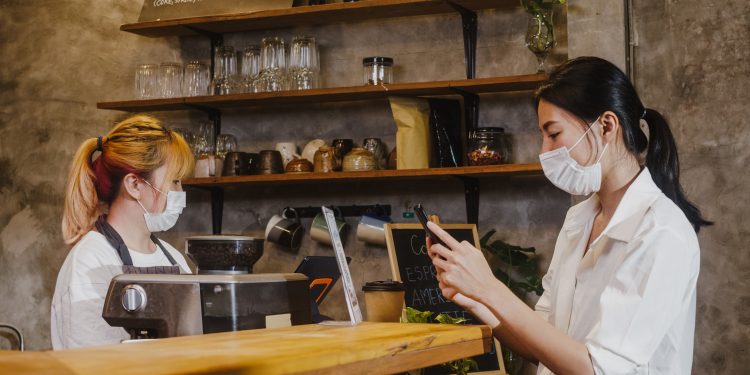Consumers continue to push the envelope in their expectations of restaurants when it comes to alternatives to dining out. Many local establishments struggled to continue to serve their customers through the COVID-19 pandemic with new services such as online ordering, contactless pick up, and delivery. While restaurants accelerated their adoption of point-of-sale technology made more accessible through software-as-a-service (SaaS), most of the technology was built around the typical dine-in use case, and restauranteurs struggled to support the ordering and payments that came with the pandemic paradigm. Fortunately, many SaaS providers were able to pivot quickly and expand their platforms to include new features to address these new use cases for restaurants.
Technology has proven to be a slippery slope for restaurants as customer expectations evolve around these new ways of patronizing a restaurant. Consider the diner who picks up their takeout order and realizes she forgot to add an item; does the tech allow the server to add an item to a check that was closed for pickup? How about the order that was delivered incorrectly… can a store credit be issue toward a future purchase? How about the diner whose car wouldn’t start? Can a pickup order be converted to delivery? Since we have a focus on payments, we’ll also ask about tokenizing and storing customer payment credentials for use across a variety of ordering scenarios, what looks to be emerging as omnichannel commerce for restaurants.
While the dining public tolerated clunky transactions during pandemic “emergency mode,” we expect much more from our restaurants than we ever did, and the focus is on the technology to support these new transaction types in increasingly seamless processes.
Overview by Don Apgar, Director, Merchant Services Advisory Practice at Mercator Advisory Group











